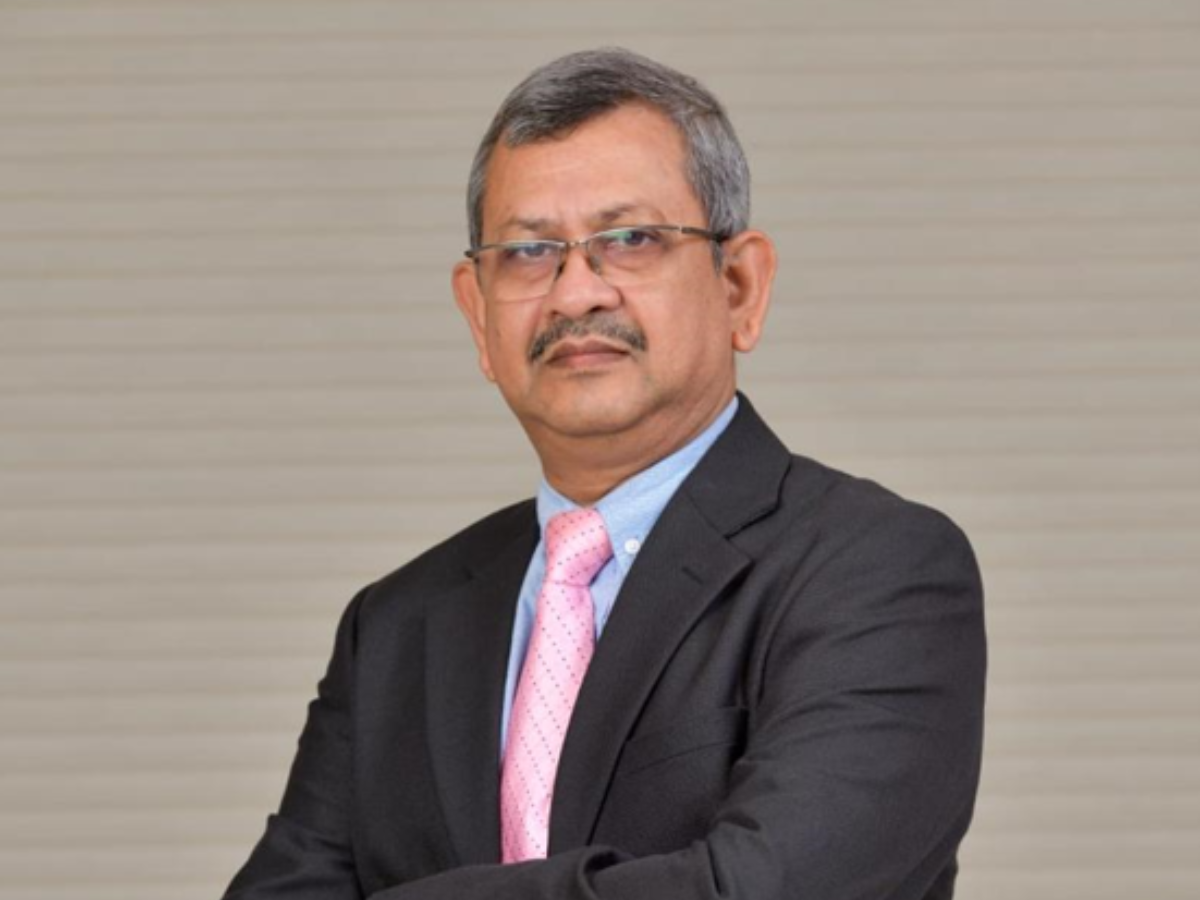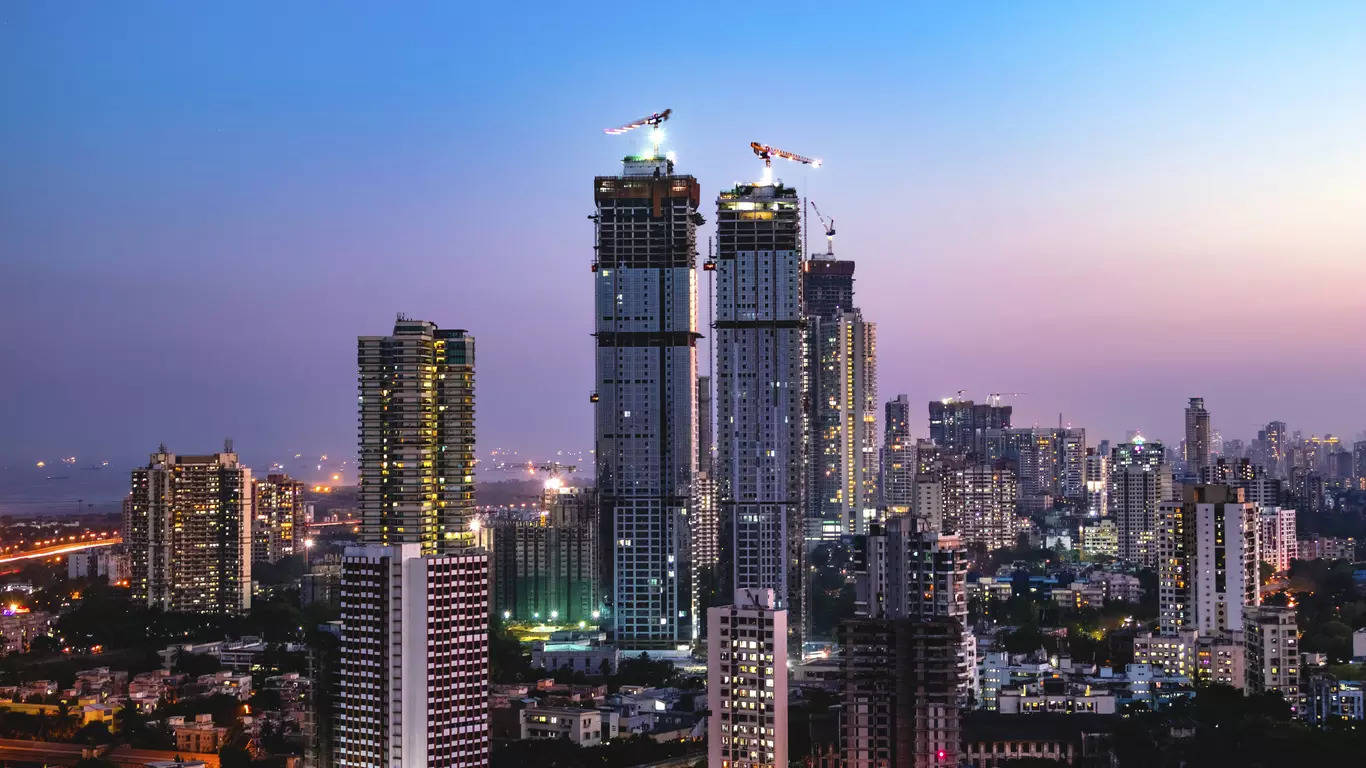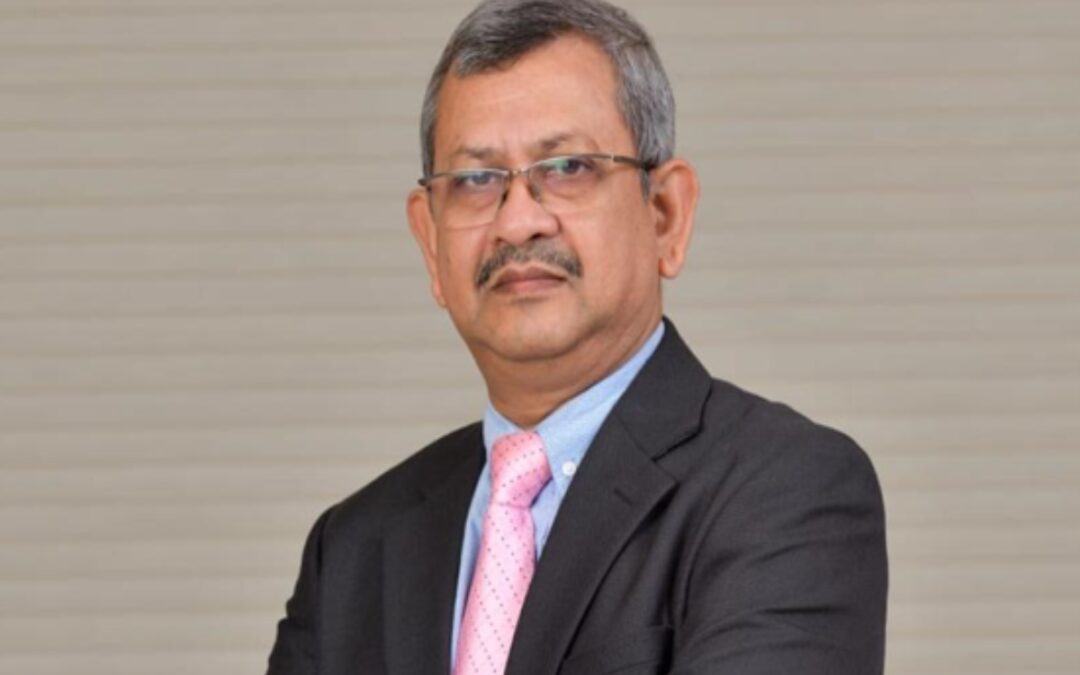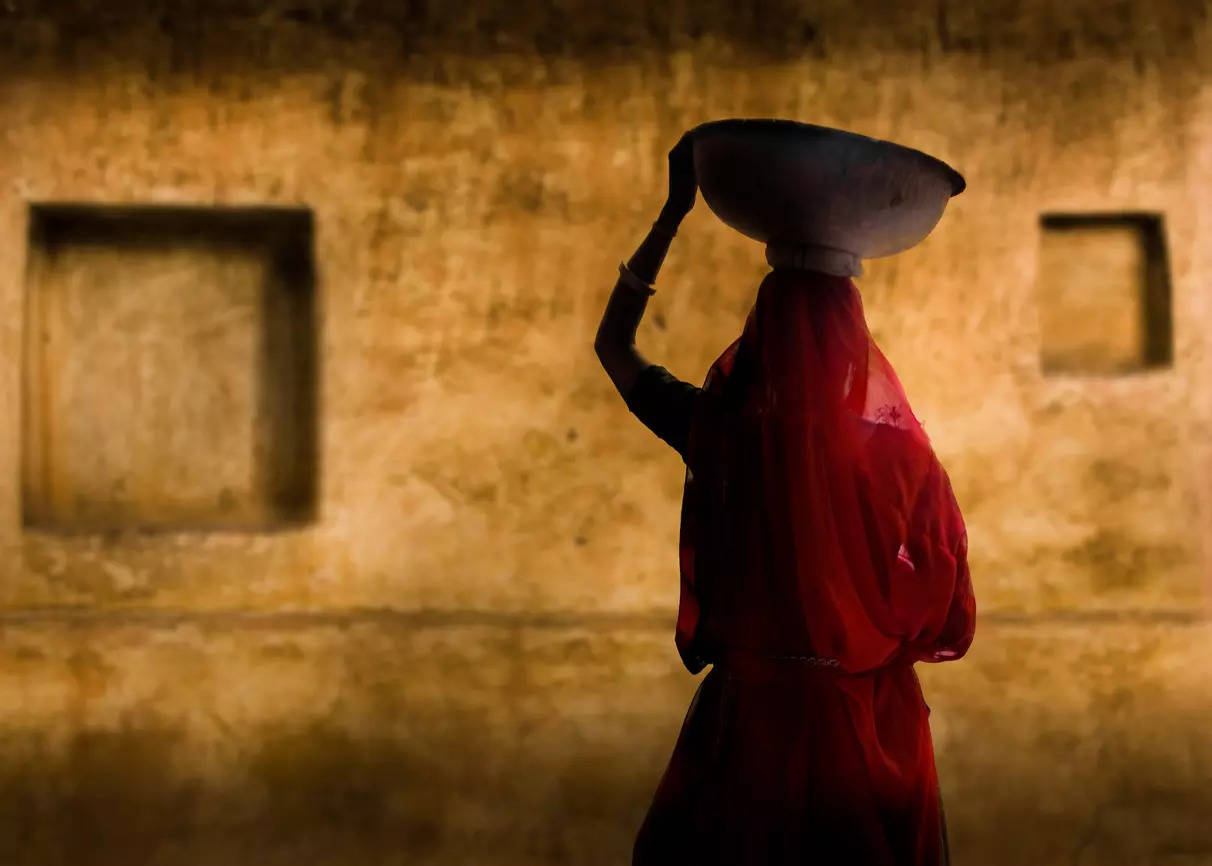The Union Minister of Finance & Corporate Affairs’ eighth budget speech laid out ‘reform’ as a fuel; ‘inclusivity’ as a guiding spirit to materialise the goal of ‘Viksit Bharat by 2047’, which is building a developed India by the time our country marks its hundredth year of independence.
The critical call-outs for me are obviously the reforms process, which has been forwarded in this budget. If you look at the last budget, there was a very clear objective laid out for critical sectors in terms of employment, inclusiveness, women, and youth power. The steps laid out in this budget reinforce that commitment.Indranil Pan, Chief Economist, YES Bank

Pan stated that additional sectors such as exports and agricultural productivity, have been given priority. “This budget’s attempt is not only to correct for the cyclical slowdown through tax benefits, which will help boost consumption, but also to lay out a fundamental platform for India’s long-term growth,” he said. Pan was speaking at ETBFSI’s post budget panel discussion.
Pan appreciated the government’s ability to manage fiscal discipline while increasing capital expenditure. “Even with a relatively larger capital expenditure, the finance minister has been able to hold the fiscal deficit as a proportion of GDP at 4.4 per cent, which is commendable,” he emphasised.Quality of Growth over Speed
Discussing India’s long-term economic vision, Pan stressed that the quality of growth is more important than the rate of growth. “For me, more important than the percentage growth number is the quality of growth that we are achieving. Post-COVID, we have seen a K-shaped recovery where urban consumption has grown significantly, but rural consumption has lagged. This budget clearly focuses on addressing rural economic stress and improving per capita income,” he explained.

A K-shaped recovery describes how an economy bounces back from a recession or economic downturn.
India’s real GDP expected to grow at 6.4 per cent and nominal GDP at 9.7 per cent in FY25, according to the first advanced estimates. Looking ahead, nominal GDP growth is projected at 10.1 per cent in FY26. Supported by supply-side measures from the government, retail inflation remained within the 4±2 per cent target band during April-December FY25, while the RBI projects inflation at 4.6 per cent in Q1 and 4 per cent in Q2 of FY26.

On the fiscal front, the fiscal deficit is targeted at 4.8 per cent of GDP in FY25 (RE 2024-25), with an intention of bringing it below 4.5 per cent in FY26. Capital expenditure has been earmarked at Rs 11.21 lakh crore (3.1 per cent of GDP) for FY26.
He spoke on India’s per capita income at USD 2,500 compared to other similarly rated economies at USD 8,000 – USD 9,000.
The problem for growth is not about being the fastest-growing economy, but about ensuring that the quality of growth improves. This budget attempts to enhance that quality through structural reforms, which will take three to five years to yield full benefits.Indranil Pan
He discussed that consistent reforms are necessary, regardless of which government is in power. “Any government, whether this one or an alternative, must continue the reforms process that has been launched. The building blocks are being laid now for a vision extending to 2047,” he stated.What sounds a good bell for Pan, also is the enhancement of the credit guarantee scheme for the MSMEs that should lead at least from a banking perspective enable us to push more credit into the MSME sector. Sitharaman increased the threshold limit for MSMEs from Rs 5 Crore to Rs 10 Crore this budget.
Today, MSMEs are the growth centres for India and not the large corporations.Indranil Pan
Exports and Private Investment
The budget has clearly focused on exports as a sector. It has stayed away from short-term subvention measures and instead aims to create long-term growth opportunities. Signing free trade agreements (FTAs) and expanding into newer markets should be the next steps to make the vision of ‘Viksit Bharat’ a reality.stated Pan.
He explained the relationship between government infrastructure spending and private sector investments.
The government can push infrastructure projects, but the private sector will only invest in additional capacity if it sees sustained demand. External demand is likely to stay weak this year, so internal demand must be stimulated.he elaborated.
According to Pan, measures like reducing inflation, boosting agricultural production, and easing business operations will drive consumption and investment. “This budget addresses cost pressures on companies and real wage growth concerns. As inflation stabilises and tax policies provide greater clarity, it should lead to increased consumption and investment,” he said.













